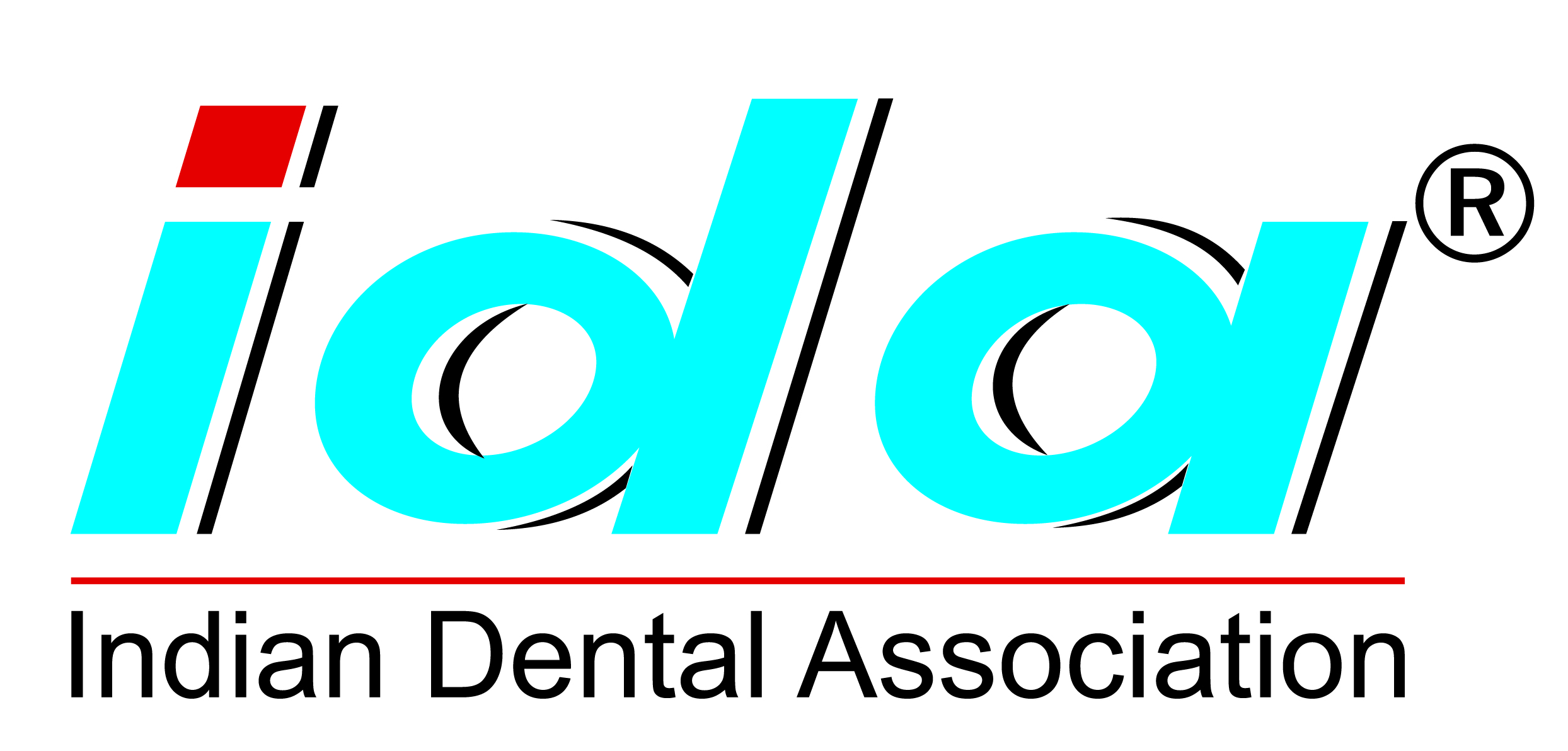Oxygen is indicated for every emergency except hyper-ventilation. This should be
done with a clear full face mask for the spontaneously breathing patient and a bag-valve-mask
device for the apnoeic patient. It should not be withheld for the patient with chronic
obstructive lung disease, even though they may be dependent on low oxygen levels
to breathe if they are chronic carbon dioxide retainers. Short term administration
of oxygen to get them through the emergency should not depress their drive to breathe.
Oxygen should be available in a portable source, ideally in an “E”-size cylinder
which holds over 600 liters. This permits enough oxygen to be available for the
patient until transfer to a hospital. If the patient is conscious or unconscious
yet spontaneously breathing, oxygen should be delivered by a full face mask, with
a flow rate of 6 to 10 liters per minute is appropriate for most adults. If the
patient is unconscious and apneic, it should be delivered by a bag-valve-mask device
where a flow rate of 10 to 15 liters per minute.A positive pressure device may be
used in adults, provided that the flow rate does not exceed 35 liters per minute.
Epinephrine is the drug of choice for the emergency treatment of anaphylaxis and
asthma which does not respond to its drug of first choice, albuterol or salbutamol.
Epinephrine is also indicated for cardiac arrest, but in the dental office setting,
it may not be given since intravenous access may not be available. Its administration
intramuscularly is not as likely to be very effective in case of emergency, where
adequate oxygenation and early defibrillation is most important for the cardiac
arrest dysrhythmias with the relatively best prognoses, namely ventricular fibrillation
or pulse-less ventricular tachycardia.
As a drug, epinephrine has a very rapid onset and short duration of action, usually
5 to 10 minutes when given intravenously. For emergency purposes, epinephrine is
available in two formulations. It is prepared as 1: 1,000, which equals 1 mg per
ml, for intramuscular, including intralingual injections. More than one ampule or
pre-filled syringe should be present as multiple administrations may be necessary.
It is also available as 1: 10,000, which equals 1 mg per 10 mL for intravenous injection.
Autoinjector systems are also present for intramuscular use (such as the EpiPen)
which provides one dose of 0.3 mg as 0.3 mL of 1: 1,000, or the pediatric formulation
which is 1 dose of 0.15 mg as 0.3 mL of 1: 2,000.
Initial doses for the management of anaphylaxis are 0.3 to 0.5 mg intramuscularly
or 0.1 mg intravenously. These doses should be repeated as necessary until resolution
of the problem. Similar doses should be considered in asthmatic bronchospasm which
is unresponsive to a beta-2 agonist, such as albuterol or salbutamol. The dose in
cardiac arrest is 1 mg intravenously.
Epinephrine is clearly a highly beneficial drug in these emergencies. Concurrently,
however, it can be a drug with a high risk if given to a patient with ischemic heart
disease. Nevertheless, it is the primary drug needed to reverse the life-threatening
signs and symptoms of anaphylaxis or persistent asthmatic bronchospasm.
This drug is indicated for acute angina or myocardial infarction. It is characterised
by a rapid onset of action. For emergency purposes it is available as sublingual
tablets or a sublingual spray. One important point to be aware of is that the tablets
have a short shelf-life of approximately 3 months once the bottle has been opened
and the tablets exposed to air or light. The spray has the advantage of having a
shelf-life which corresponds to that listed on the bottle. Therefore, if a patient
uses his/her own nitroglycerin, there is a possibility of the drug being inactive.
This supports the need for the dentist to always have a fresh supply available.
With signs of angina pectoris, one tablet or spray (0.3 or 0.4 mg) should be administered
sublingually. Pain should occur within minutes. If necessary, this dose can be repeated
twice more at 5-minute intervals. Systolic blood pressures below 90 mmHg contraindicate
the use of this drug.
An antihistamine is indicated for the management of allergic reactions. Whereas
mild non-life threatening allergic reactions may be managed by oral administration,
life-threatening reactions necessitate parenteral administration.
Two injectable agents may be considered, either diphenhydramine or chlorpheniramine.
They may be administered as part of the management of anaphylaxis or as the sole
management of less severe allergic reactions, particularly those with primarily
dermatologic signs and symptoms such as urticaria. Recommended doses for adults
are 25 to 50 mg of diphenhydramine or 10 to 20 mg of chlorpheniramine.
A selective beta-2 agonist such as albuterol (salbutamol) is the first choice for
management of bronchospasm. When administered by means of an inhaler, it provides
selective bronchodilation with minimal systemic cardiovascular effects. It has a
peak effect in 30 to 60 minutes, with a duration of effect of 4 to 6 hours. Adult
dose is 2 sprays, to be repeated as necessary. Pediatric dose is 1 spray, repeated
as necessary.
Aspirin (acetylsalicylic acid) is one of the more newly recognised life-saving drugs,
as it has been shown to reduce overall mortality from acute myocardial infarction.
The purpose of its administration during an acute myocardial infarction is to prevent
the progression from cardiac ischemia to injury to infarction. There is a brief
period of time during a myocardial infarction where aspirin can show this benefit.
For emergency use there are relatively few contraindications. These would include
known hypersensitivity to aspirin, severe asthma or history of significant gastric
bleeding. The lowest effective dose is not known with certainty, but a minimum of
162 mg should be given immediately to any patient with pain suggestive of acute
myocardial infarction.
An oral carbohydrate source, such as fruit juice or non-diet soft-drink, should
be readily available. Whereas this is not a drug and perhaps should not be included
in this list, it is considered essential in the management of hypoglycemia in conscious
patients.





